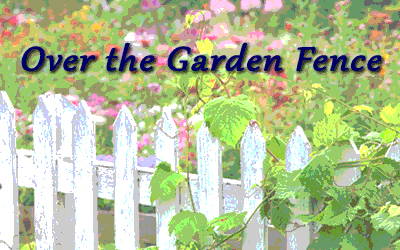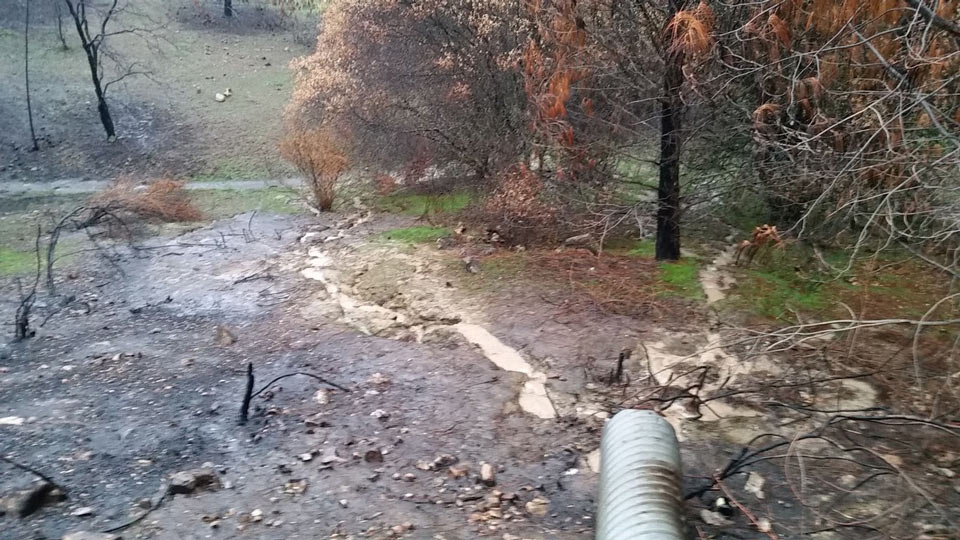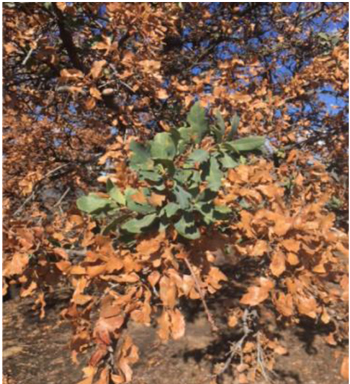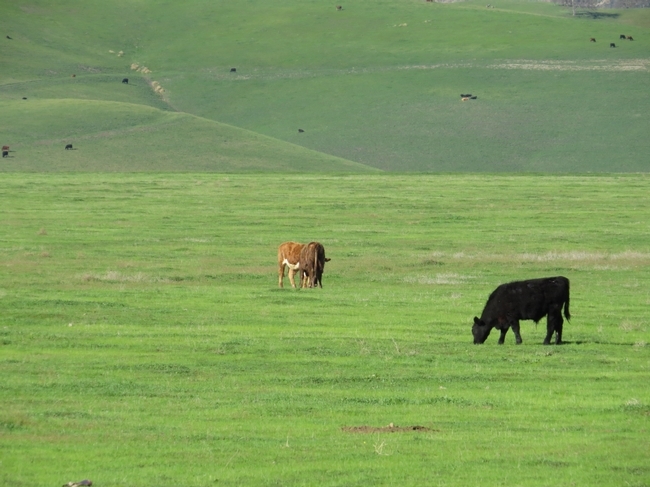August 26, 2022 – By Michele Nowak-Sharkey, UC Master Gardener, Mariposa County – Wildfire has entered our common vocabulary over the past 15+ years across California and Mariposa County.
From the Telegraph Fire in ‘08 to the Washburn, Agua and Oak fires, Mariposa County has experienced unpredictable blazes, resulting in ash strewn hills of black and gray. In fire-burned areas, it looks as  if it will always be this way.
if it will always be this way.
And yet for landscape recovery after fire, “time heals all wounds.” Nature heals. As stewards of the land where we have built our community, we can partner with nature to support healing of the places we love.
Over the next few weeks this series will offer suggestions about working with nature when fire has touched your land and how to help prevent fire spread if it happens again.
Sources for best practices in returning to and rehabilitating property after fire: https://www.mariposacounty.org/2644/Returning-After-the-Fire.
The following is adapted from the California Native Plant Society Fire Recovery Guide: https://www.cnps.org/give/priority-initiatives/fire-recovery.
Things to consider during the clean-up and rebuilding after fire:
- Minimize foot traffic, equipment, and disturbances to the landscape. Activity on charred ground can compact the soil lowering water absorption and increasing runoff.
Create a traffic pattern for equipment and parking vehicles. Decide on a place for debris and rebuilding materials.
- There are two kinds of ash. Where structures have burned is mostly ash from human-made materials, containing asbestos, heavy metals, or other hazardous substances.
Follow local and federal guidelines when sifting through to find personal belongings and cleaning up.
Vegetation ash is not toxic. This ash is from your shrubs, trees, and garden. Vegetation ash can provide cover for scorched earth.
- Assess the land. Take photos of various areas of your property. Look for burned trees, broken limbs, places where erosion might happen due to vegetation loss.
While you are mapping your strategy for rebuilding structures, create action items for rehabilitating the landscape section by section. It won’t happen all at once. As they say, “Rome wasn’t built in a day.”
Wildfire recovery is a steady process of damage assessment, evaluation of new conditions and a plan of what to do next.
Be gentle with yourself and know you have a wonderful partner in nature. If you are willing to listen and learn, nature will respond in kind.
And as time heals, the black and gray of the landscape will soon be dotted with greens and browns once more.
Next: Scorched Earth – Soil Rx: Stopping Soil Erosion
For assistance, contact our Helpline at (209) 966-7078 or at mgmariposa@ucdavis.edu. We are currently unable to take samples or meet with you in person but welcome pictures.
The U.C. Master Gardener Helpline is staffed; Tuesdays from 9:00 A.M. – 12:00 P.M. and Thursdays from 2:00 P.M. – 5:00 P.M.
Clients may bring samples to the Agricultural Extension Office located at the Mariposa Fairgrounds, but the Master Gardener office is not open to the public. We will not be doing home visits this year due to UCANR restrictions.
Serving Mariposa County, including Greeley Hill, Coulterville, and Don Pedro
Please contact the helpline, or leave a message by phone at: (209) 966-7078
By email (send photos and questions for researched answers) to: mgmariposa@ucdavis.edu
For further gardening information and event announcements, please visit: UCMG website: https://cemariposa.ucanr.edu/Master_Gardener
Follow us on Facebook at: https://www.facebook.com/mariposamastergardeners
Master Gardener Office Location:
UC Cooperative Extension Office,
5009 Fairgrounds Road
Mariposa, CA 95338
Phone: (209) 966-2417
Email: mgmariposa@ucdavis.edu
Website: http://cemariposa.ucanr.edu/Master_Gardener
Visit the YouTube channel at UCCE Mariposa.



 Telegraph Fire 2008 – photo credit, Kris Randal (pictured right)
Telegraph Fire 2008 – photo credit, Kris Randal (pictured right)